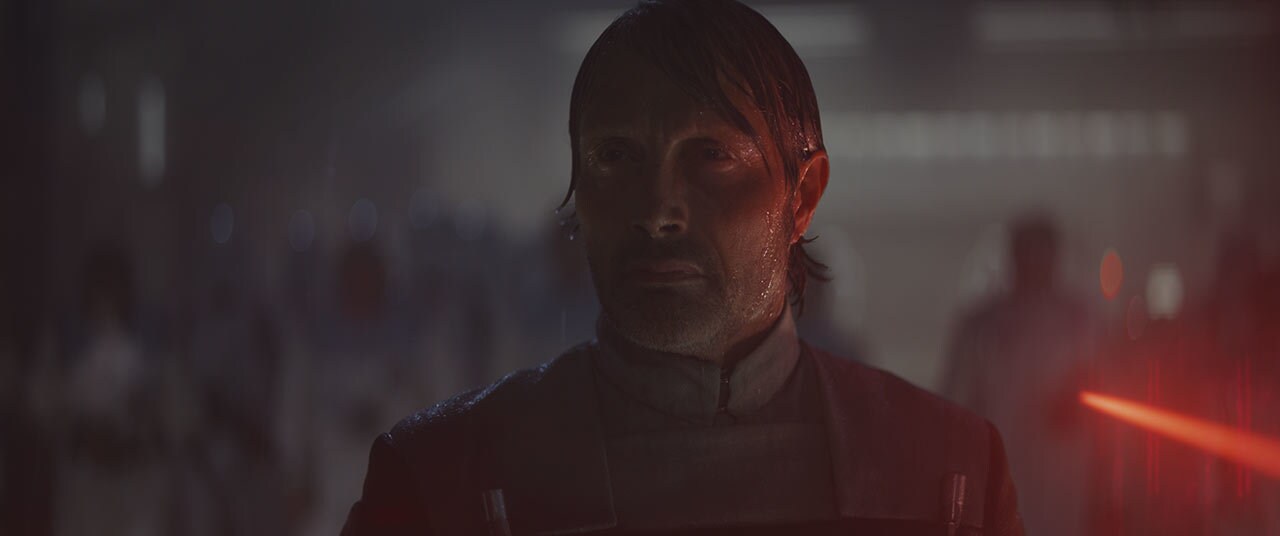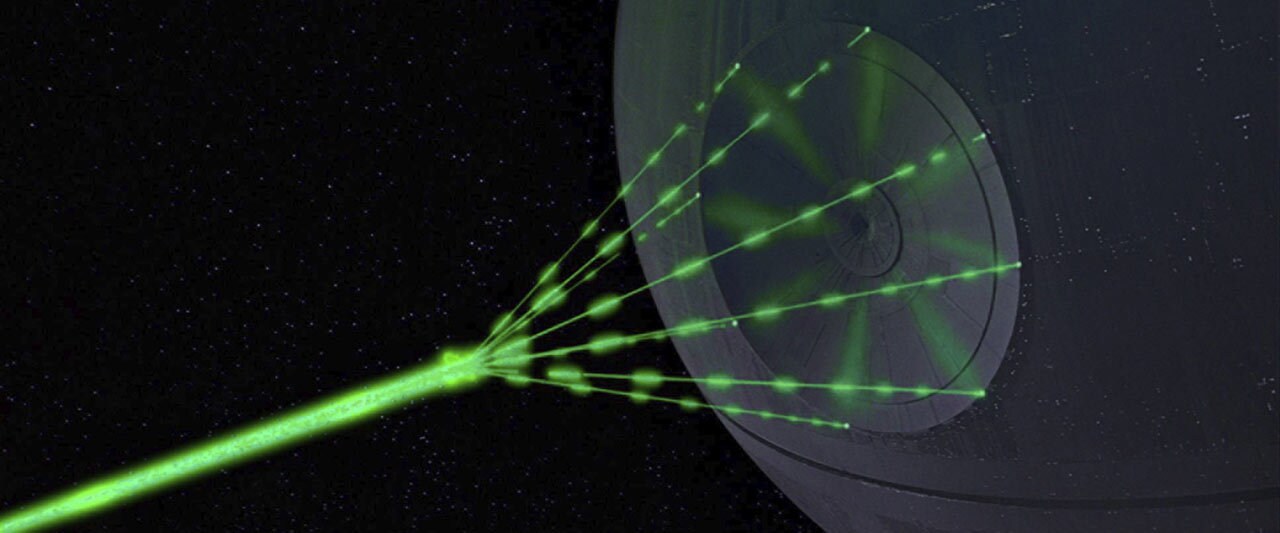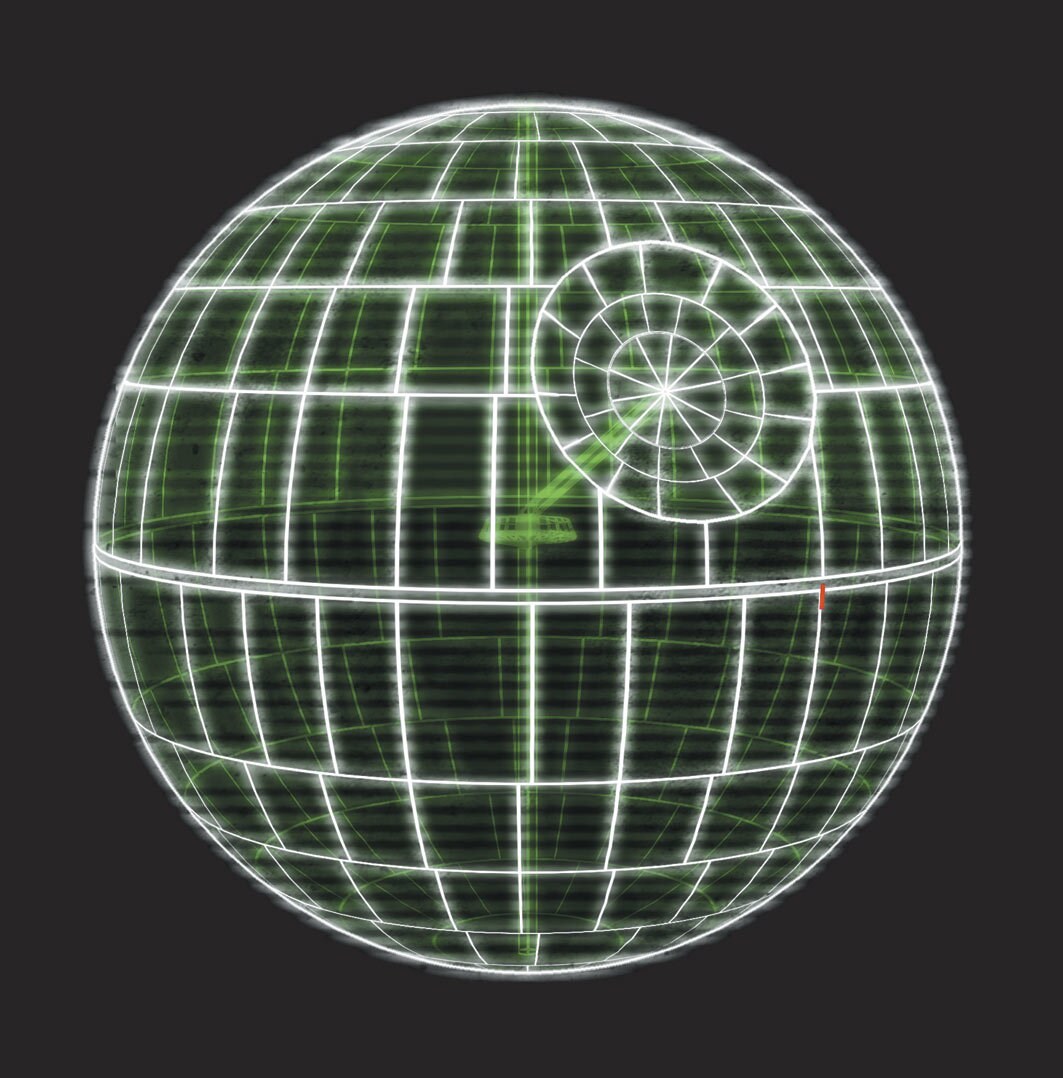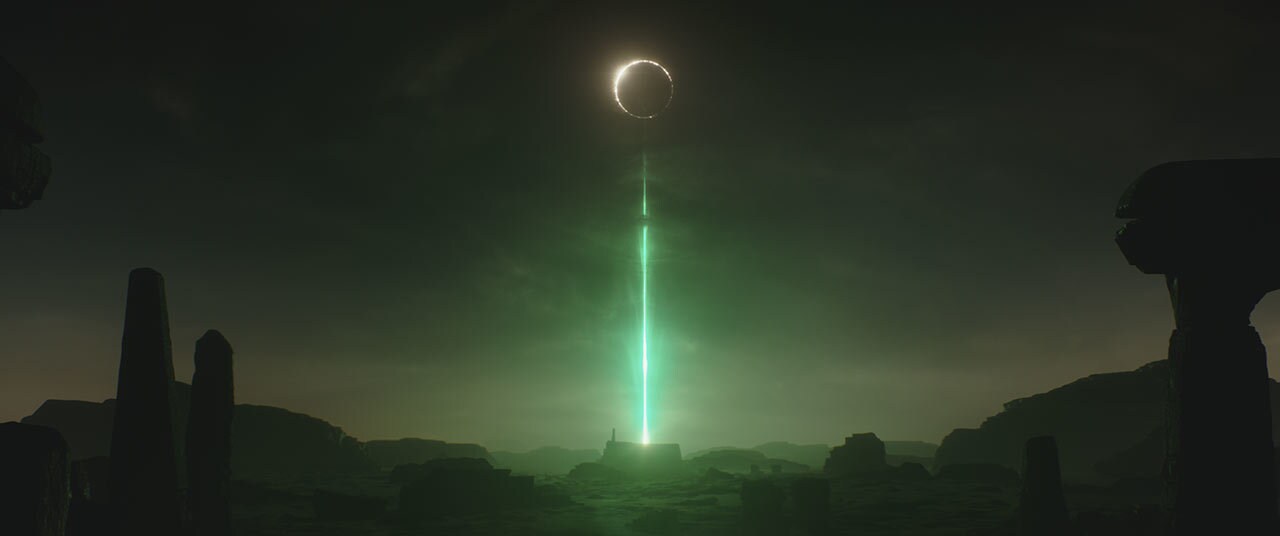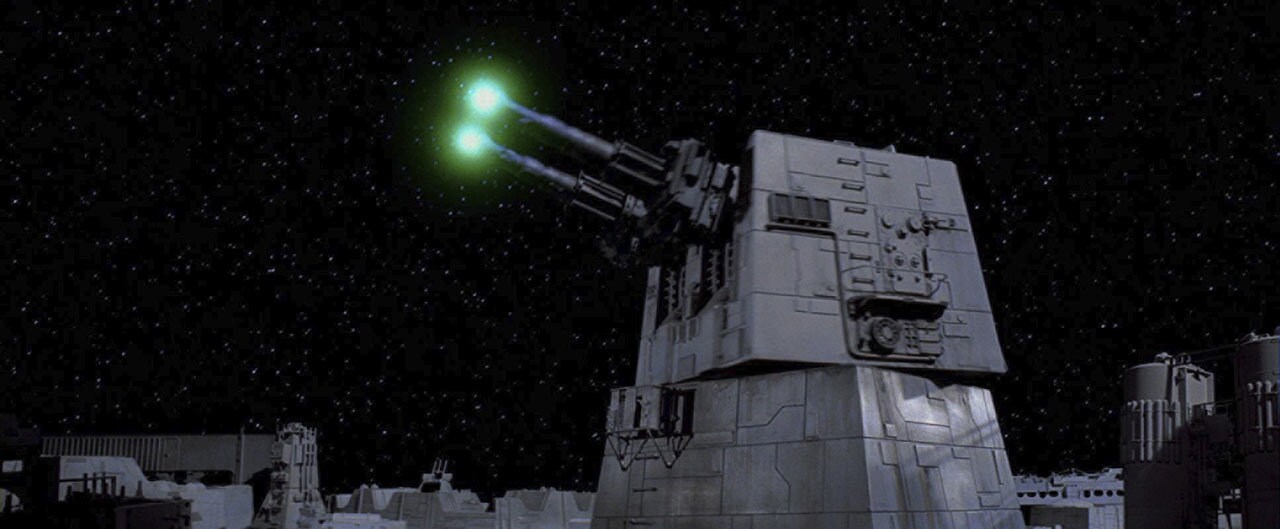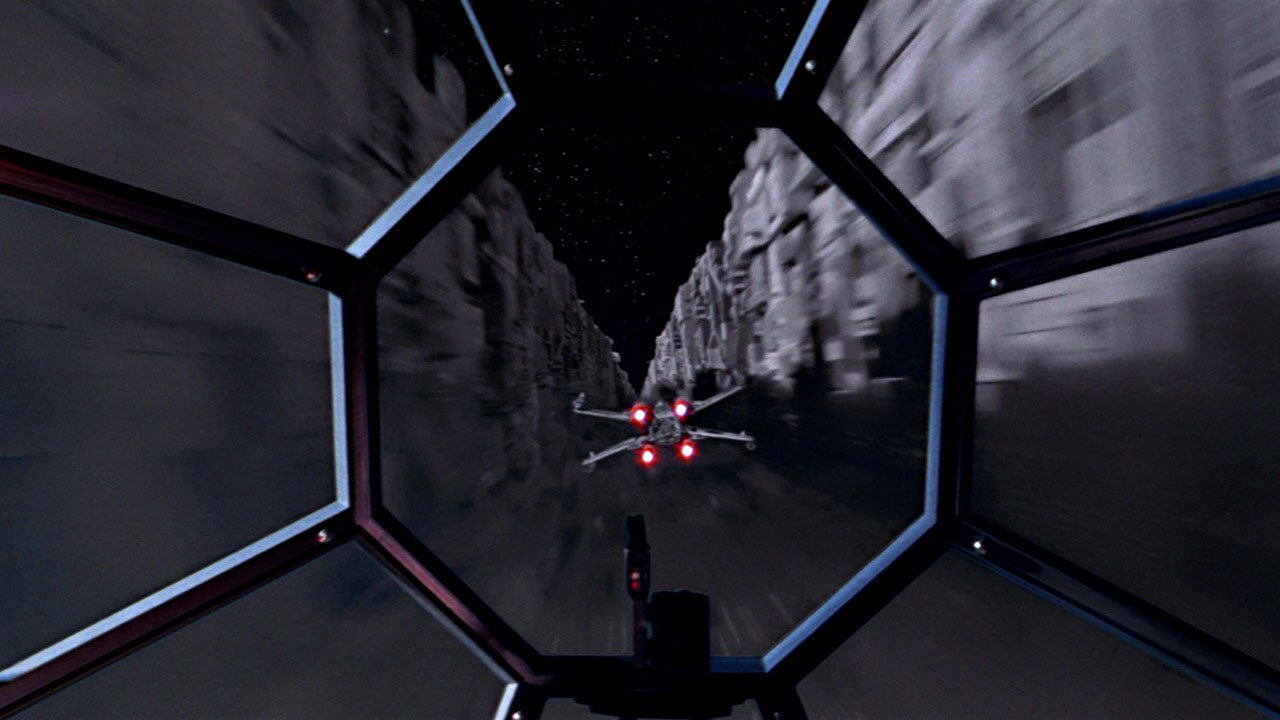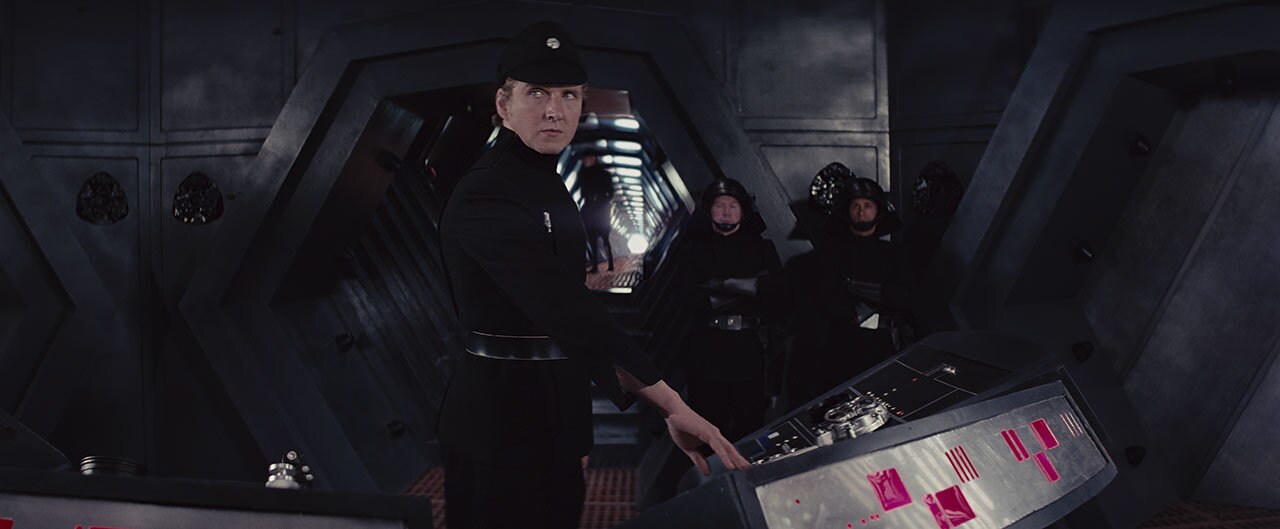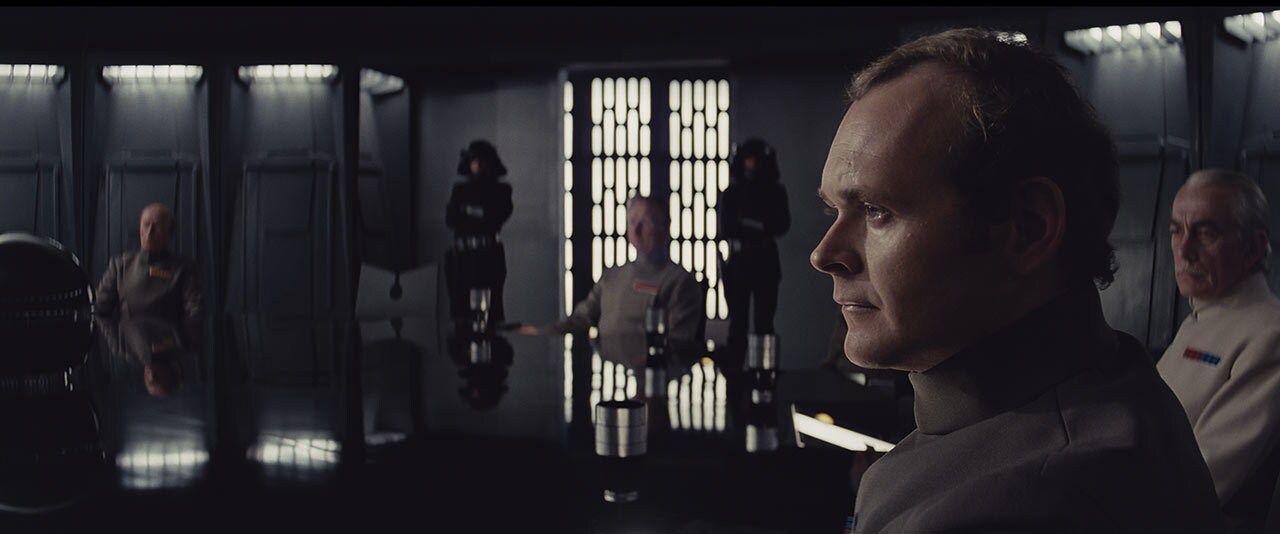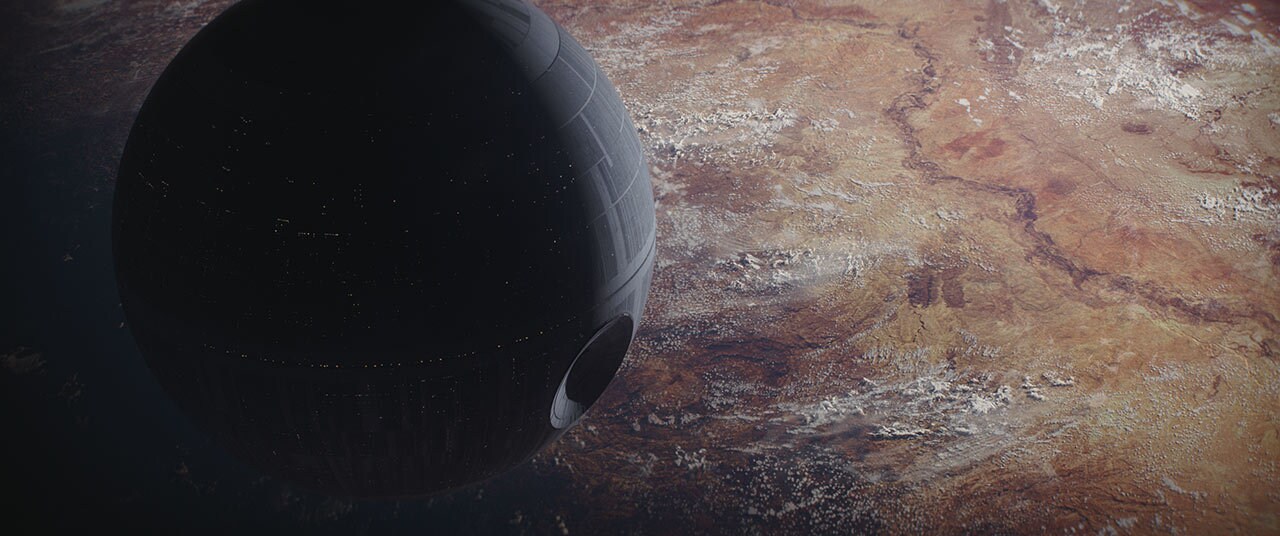"That's no moon."
Star Wars Inside Intel is a StarWars.com feature where Lucasfilm Story Group member Emily Shkoukani, whose job is to know as much about a galaxy far, far away as possible, explores obscure facts about Star Wars lore and continuity. In this installment, Emily explores the inner workings of the Death Star…
The Empire’s greatest and most intimidating asset was formally called the DS-1 Orbital Battle Station, but most commonly referred to by its codename: the Death Star. First seen in Star Wars: A New Hope, the Death Star was a massive battle station, roughly the size of a small moon, and most notably (and terrifyingly) had the power to destroy planets with its superlaser.
Construction on the Death Star began around the onset of the Clone Wars. Overseeing the Death Star project was Wilhuff Tarkin, who managed the logistics of the massive operation. A subproject of the Death Star was called “Project Celestial Power,” which was led by Orson Krennic. The project was responsible for research and experimentation with the intent of discovering the means needed to power the Death Star’s superlaser. One of Project Celestial Power’s key scientists was Galen Erso, who specialized in crystallography. Galen discovered how to weaponize the kyber crystal, the key component in the Death Star’s superlaser. However, Erso grew suspicious of the project he was working on (being kept in the dark about the true reason for his research) and abandoned his position before his discovery could be used. Krennic would spend years searching for the defector to complete his research on the project. Although Krennic was eventually successful in tracking down and capturing Galen, Galen’s rebellious spirit never waned. Against his will, Galen completed his work on the Death Star’s superlaser but not without installing an intentional weak point that would later be exploited by the Rebel Alliance that resulted in the complete destruction of the battle station.
The Death Star’s superlaser was powered by a hypermatter reactor, which would generate the destructive reaction that was then focused through eight giant kyber crystals. Once the reaction was focused through the crystals, eight smaller lasers would spout from the focusing lens of the Death Star. Those lasers would then converge on a singular point, accumulating the power of the reaction, before being released in a singular green beam onto its target. This superlaser had devastating effects, and could be used at varying levels of destruction, all majorly catastrophic.
A single reactor ignition of the superlaser, its weakest or lowest function, was still capable of completely destroying an eighth of Jedha when the Death Star fired its weapon on Jedha’s Holy City in Rogue One: A Star Wars Story. And of course, at full power, the superlaser was capable of completely destroying planets and turning them into nothing more than chunks of rock, as demonstrated on Alderaan. Those operating this powerful weapon were known as elite Death Star gunners. Their work had to be precise in order to properly fire the superlaser. Any miscalculation or coordination could result in total destruction of the Death Star. While (horrifyingly) impressive, the superlaser was not the only weapon the battle station was armed with.
The Death Star had hundreds of thousands of different types of cannons littered across its surface. The XX-9 heavy turbolaser batteries were seen on full display as rebel starfighters attempted the dangerous trench run in A New Hope. Unfortunately for the Imperials, these turbolasers were inefficient at hitting smaller targets (like the X-wings and Y-wings passing through the trench) and were better suited for larger targets like capital ships. Luckily for the Empire, the Death Star was equipped with Super Blaster 920 laser cannons, which were effective at hitting smaller ships. These laser cannons were capable of completely destroying a starfighter with a single blast, and the Death Star was abundant in them -- with about 10,000 of these cannons installed. In addition to the Super Blaster 920, the Death Star had about 50,000 heavy laser cannons and another 50,000 quad laser cannons.
Another type of armament present on the Death Star was ion cannons. These cannons were designed to incapacitate targets by firing ionized particles that would disable the electrical systems of ships, rendering them useless and stranded. This gave the some-7,000 TIE fighters complementing the Death Star the perfect opportunity to take out those disabled ships.
And no battle station would be complete without a tractor beam, of which the Death Star had about a thousand. The Millennium Falcon was captured by one of these force fields that pulled the Corellian ship into one of the Death Star’s many hangars.
But what made the Death Star particularly menacing was its ability to travel through hyperspace. Not only was it equipped with destructive armaments, it could pursue its prey with those armaments. Using its class 4 hyperdrive, the Death Star tracked and followed the Millennium Falcon to the rebels’ base on Yavin 4, where Grand Moff Tarkin planned to use its superlaser to completely destroy the Rebellion.


